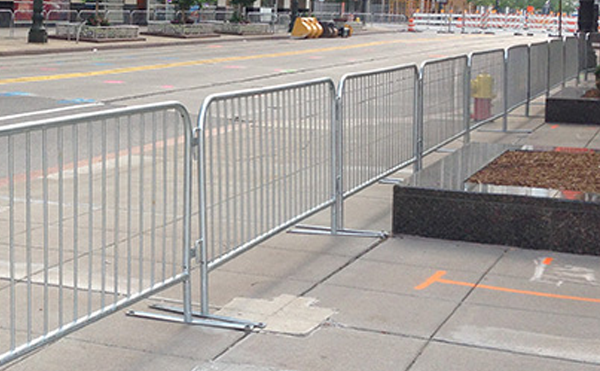Enhancing Campus Security: Wall-Mounted Belt Barriers for Controlled Access Areas
Ensuring the safety and security of students, faculty, and staff is a top priority for educational institutions. Campus environments often have areas that require controlled access, such as entrances, corridors, libraries, laboratories, and administrative offices. In this blog post, we will explore the role of wall-mounted belt barriers in enhancing campus security and controlling access to designated areas. By effectively managing pedestrian flow, creating visual barriers, and providing clear communication, these crowd control solutions contribute to a safer and more secure campus environment. Let’s delve into the key benefits and applications of wall-mounted belt barriers in enhancing campus security.
Managing Pedestrian Flow
In busy campus areas, it is crucial to manage pedestrian flow and guide individuals to specific areas. Wall-mounted belt barriers offer an effective solution for directing foot traffic by restricting access to closed areas. These barriers can be strategically placed at entrances, exits, and specific access points, ensuring that individuals follow the intended routes. By providing visual cues and clearly defining which areas are off limits, wall-mounted belt barriers contribute to organized and efficient pedestrian management.
Establishing Controlled Access Areas
Certain areas within a campus require controlled access to ensure the safety and privacy of individuals or protect sensitive information. Wall-mounted belt barriers serve as a visual indication of restricted zones, creating a physical barrier that discourages unauthorized entry. By installing these barriers near entrances to restricted areas, such as laboratories or administrative offices, campus security personnel can easily monitor and control access, allowing only authorized individuals to enter.
Enhancing Campus Security Measures
Wall-mounted belt barriers play a significant role in enhancing overall campus security measures. These barriers can be customized with various safety messages, warnings, or branding, effectively communicating important security information to individuals. For example, belts with messages such as “Authorized Personnel Only” or “No Entry without ID” help create awareness and reinforce security protocols. By visibly indicating restricted access areas, the barriers act as a deterrent to potential intruders and promote a heightened sense of security among campus occupants.
Promoting Emergency Preparedness
During emergencies or critical situations, quick and effective evacuation or lockdown procedures are essential. Wall-mounted belt barriers can be used as part of an emergency preparedness plan to guide individuals during evacuations or to secure areas during lockdowns. By pre-determining the locations and installing wall-mounted belt barriers along designated evacuation routes, campus authorities can facilitate a smooth and organized evacuation process, minimizing panic and ensuring the safety of everyone on campus.
Conclusion
Enhancing campus security and controlling access to specific areas are vital considerations for educational institutions. Wall-mounted belt barriers provide an effective solution by managing pedestrian flow, establishing controlled access areas, enhancing security measures, promoting emergency preparedness, and offering customization options. By strategically installing these barriers in appropriate locations, campuses can create a safer and more secure environment for students, faculty, and staff. When considering crowd control solutions for campus security, investing in high-quality wall-mounted belt barriers can contribute to a comprehensive security strategy that addresses the unique needs of the educational institution.

